The Border Route Trail: Minnesota’s Most Remote Hike
May 29, 2019 | By Pam Wright
Skirting along dramatic cliffs and the sky-tinted waters of the US-Canada border, the 65-mile Border Route Trail promises epic adventure.
We thru-hiked the trail in the spring of 2016. We hoped that our backpacking creds would benefit from hiking a rugged, minimally-maintained and little-traveled path. We weren’t disappointed.
Along with providing resources for your own BRT adventure, we’ll share some things we learned as well.
The trail goes up and down.
Our trail experience was affected by an early winter ice storm. Because this trail does not receive a lot of traffic, current trail conditions are sometimes hard to come by, especially early in the season. We checked for conditions from local outfitters as well as other previous trail reports and learned that the trail could have blowdowns and be brushy, but other than that, nobody really knew. The trail itself is generally rocky, rooty and muddy no matter when it’s hiked. Occasionally there are cushy sections of moss and pine duff. Often going either up or down, we were treated to amazing views from 300’ cliffs.
We started at the western terminus trailhead which is about 50 minutes up the Gunflint Trail northwest of Grand Marais, MN. We hired a great shuttle service and recommend doing it this way.
There are no blazes. Anywhere.
One of the draws to this trail is its solitude. Hacked out of the rocky Canadian Shield, there are no tree blazes, however, you’ll occasionally see flagging or a sign that’s seen better days. This is how trails were created before they were maintained by an army of volunteers and planners. We think it’s wonderful and unique!
You may be the only backpacker for miles.
After our spring 2016 trip, we found out that we were likely the only group to successfully hike the trail that spring. We ran into two other small groups; both were section hiking the trail. Due to the ice storm, it was littered with downed trees and a lot of brush, so others quit. We experienced occasional pockets of easy trail which may have brought a false hope that things were better ahead. Some parts of the trail were obliterated which required small detours. We carried both a paper map and compass and referred to our Gaia app of the BRT as needed. Once or twice when the trail disappeared, one person stayed on the last known part of visible trail while others carefully fanned out within shouting distance to pick up the trail. We felt this minimized our risk and avoided panic-searching through the woods.
It’s the land of 10,000 lakes.
Our daily mileage ranged from 15-18 miles. Some of this was due to our itinerary and some of it was due to conditions. Our goal was to finish in 5 days and we did it in 4.5 days. In hindsight, it may be nice to take a little longer. As often comes with a Minnesota spring, we experienced a lot of rain/mist and cool conditions and sometimes it was easier to just keep hiking and stay warm. Only once did we share a campsite with another group who happened to be BRT trail volunteers out doing trail maintenance. Yay volunteers!
Water sources were easy to find and plentiful on the trail as the region is filled with lakes, streams, springs and seasonal creeks.
Bears, foxes, Lady Slippers, oh my!
While we didn’t see any wildlife, we saw a lot of moose droppings—surely he/she was just ahead, we kept telling each other. That said, you may be serenaded by wolves (lucky!), spot the elusive lynx, see the back end of a black bear or hear the song of loons. Our views did include a lot of gorgeous early spring flora, like the shy, four-inch Fairy Orchid.
Be prepared. Then prepare more.
Due to the remoteness of this trail and the minimal maintenance it receives, we recommend you have the skills to navigate by map and compass and GPS. You should be able to provide wilderness first aid to yourself or someone else and have a good fitness base to reduce risk of injury. If you get into a tight spot, emergency services could be hours away.
source: borderroutetrail.org
Good to know before you go.
You will need an overnight hiking permit to backpack this trail.
The Border Route Trail Association has excellent maps and guidebook for trip planning.
We used Harriet Quarles Transportation. Both trailheads are at least an hour from Grand Marais, Minnesota. You could drive two cars and shuttle yourself between terminus points, but it you will need to add hours to your time.
There is lodging in Grand Marais as well as along the Gunflint Trail in Minnesota.
Because the BRT crosses through miles of the Boundary Waters Canoe Area Wilderness you’ll want to be familiar with the rules and regulations of this unique area.
There are a couple of spur trails that you can use to shorten your trip or if you need to, us as a bail out.
Semi-current trail conditions can be found here. The most up to date conditions can be found on the Border Route Trail Association’s Facebook page.
We also recommend being familiar with weather conditions and seasonal changes in northern Minnesota. Check with local outfitters for additional trail updates.



